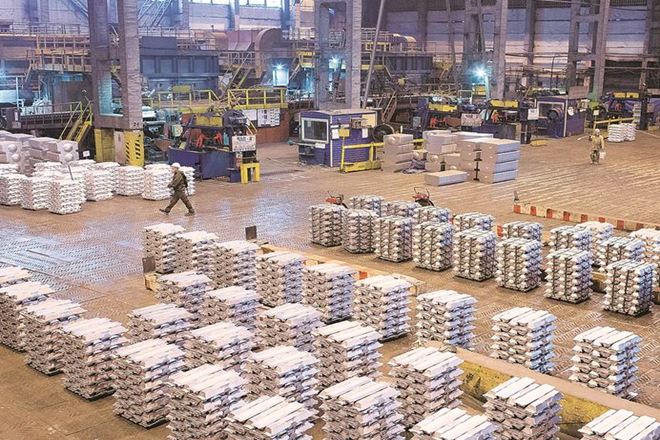By Ansuman Das
If one looks at the global trend, aluminium is becoming a crucial piece of metal for a number of economies; the metal is increasingly playing an important role in the process of nation building. For India, too, the trend applies. The major sectors identified as key to the country’s Make-in-India initiative consume aluminium. In addition, aluminium is becoming a sector of strategic significance considering the role it plays in energy security, aerospace, defence, infrastructure and automobiles, and its adoption for government initiatives like Smart Cities, Power for All, and indigenous space programmes.
The key role the aluminium sector plays is reflected in the rapid pace at which the domestic aluminium producers have been making investments—amounting to Rs 1.2 lakh crore over a few years, and increasing the capacity to 41 lakh tonnes per annum. This can easily cater to India’s requirement of 36 lakh tonnes per annum (as of FY18).
Yet the country continues to meet 60% of demand through imports, even as domestic market share declines to 40% in FY19. Moreover, FY18 witnessed highest imports of Rs 19.6 lakh tonnes, resulting in a foreign exchange spend of Rs 30,000 crore—or roughly 1% of India’s total imports. It is expected that, in current conditions, the import of aluminium will result in an estimated foreign exchange outflow amounting to a hefty Rs 40,000 crore in FY19. Also, the import of scrap aluminium has posed serious threats—with 57% share of the total imports. In fact, it is the duty differential between primary and scrap aluminium that is seemingly encouraging the use of the latter. This differential is a misfit in the metals industry, where other non-ferrous metals see a duty parity.
The current global geopolitical dynamics, too, are having a major effect on India’s aluminium sector. For instance, the trade war between the US and China that led to a hike in import tariff on aluminium on both sides, and China’s decision to add aluminium scrap in the restricted import list, are expected to divert the global scrap supply chain towards India due to its subpar standards for scrap import. The domestic Indian industry is witnessing 22% growth in the period of April-November FY19 over the same period last year. In contrast, domestic sales saw the growth declining to 0.8%. Scrap import from the US grew by 142%, while the total scrap shipment increased by 20% in the same period.
India is far from protecting the interest of its domestic industry. Without actively doing so, India will not be able to create self-sufficiency in aluminium—its import dependency will deplete its treasury. Restricting aluminium imports will result in saving $5 billion of foreign exchange outgo. If the government wants to curb imports, save foreign exchange, and encourage domestic consumption to boost economic growth, as part of the upcoming Union Budget or as an interim measure it should seriously contemplate increasing the existing customs duties on both primary aluminium and the scrap metal to 10%, and thereby establish an import duty parity between the two—which is similar to other non-ferrous metals.
Further support should also be extended through adequate safeguard measures, similar to those adopted for the Indian steel industry over the last three years.
-The author is former CMD, NALCO, and an aluminium sector expert

